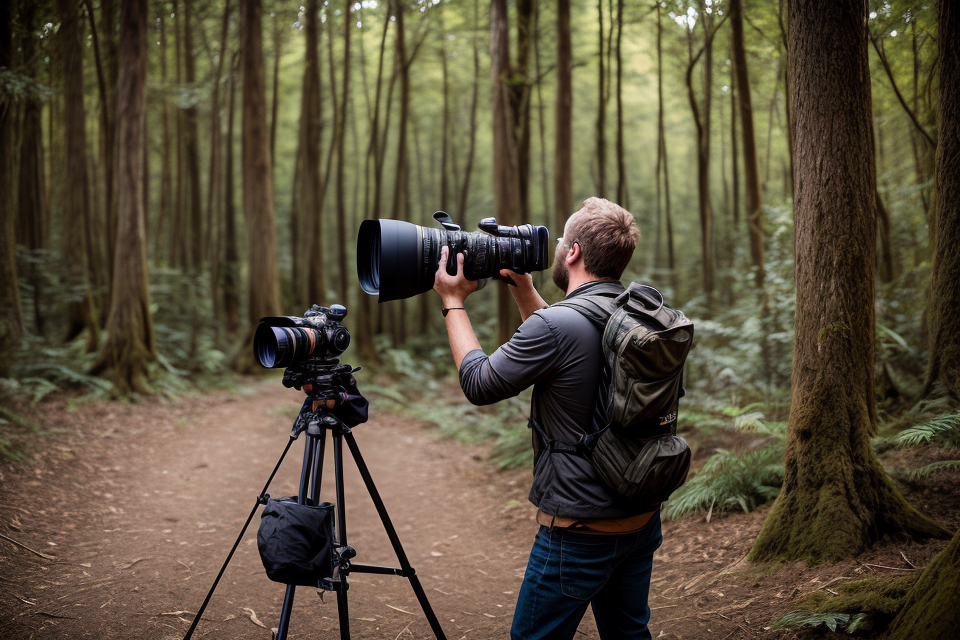The Appeal of Wildlife Photography
What Makes Wildlife Photography So Popular?
Wildlife photography has become increasingly popular in recent years, with many photographers seeking to capture the beauty and diversity of the natural world. There are several reasons why wildlife photography has gained such a significant following, including:
- Connection to Nature: One of the primary reasons people are drawn to wildlife photography is the opportunity to connect with nature. By capturing images of animals in their natural habitats, photographers can document the beauty and complexity of the natural world, and raise awareness about conservation issues.
- Challenge and Adventure: Wildlife photography often involves traveling to remote locations and braving harsh conditions, making it a challenging and exciting endeavor. From tracking down elusive animals in the wilderness to navigating treacherous terrain, wildlife photographers must be prepared for any obstacle that comes their way.
- Artistic Expression: For many photographers, wildlife photography offers a unique opportunity for artistic expression. Whether capturing the intricate details of a butterfly’s wings or the raw power of a grizzly bear, wildlife photographers can use their images to convey a sense of wonder and awe, and to tell stories about the natural world.
- Personal Growth: Finally, wildlife photography can be a deeply personal and transformative experience. By immersing themselves in the natural world and observing the behavior of animals, photographers can gain a deeper appreciation for the interconnectedness of all living things, and develop a sense of stewardship for the planet.
Overall, wildlife photography offers a unique combination of art, adventure, and environmental advocacy, making it a compelling and rewarding pursuit for many photographers.
The Art and Science of Wildlife Photography
The Challenges of Wildlife Photography
Key takeaway: Wildlife photography is a challenging and rewarding pursuit that combines art, adventure, and environmental advocacy. To become a successful wildlife photographer, one must master composition and lighting, understand animal behavior and habitats, develop patience and persistence, choose the right camera and lenses, and understand other essential equipment. Additionally, building a portfolio and network, understanding the competitive landscape, and monetizing one’s passion are important aspects of the business of wildlife photography. Ultimately, the rewards of wildlife photography include connecting with nature, capturing memorable moments, and experiencing the satisfaction of a job well done.





